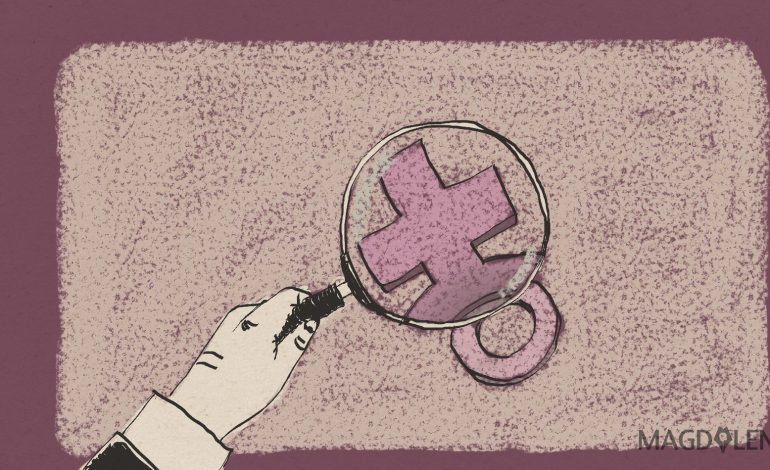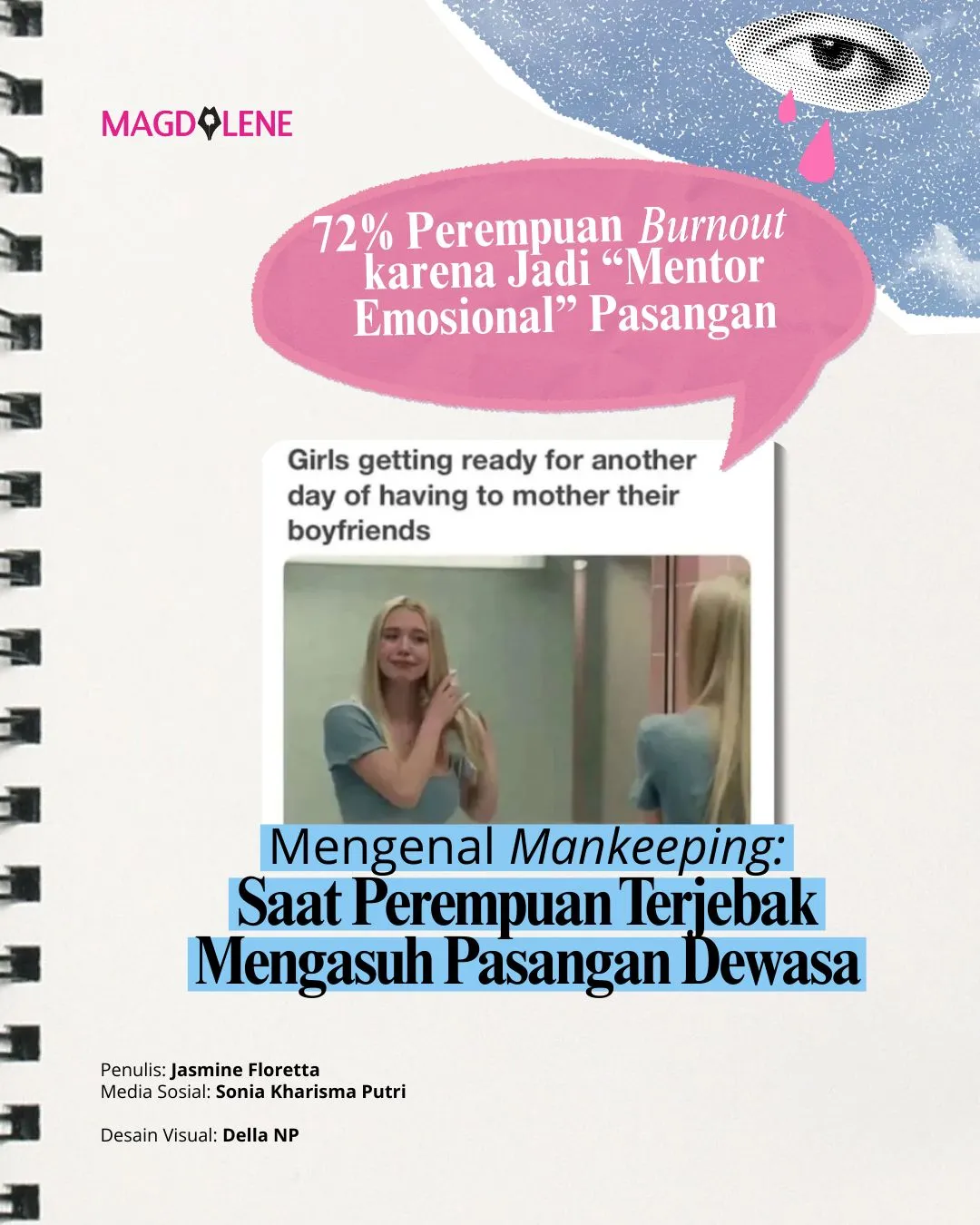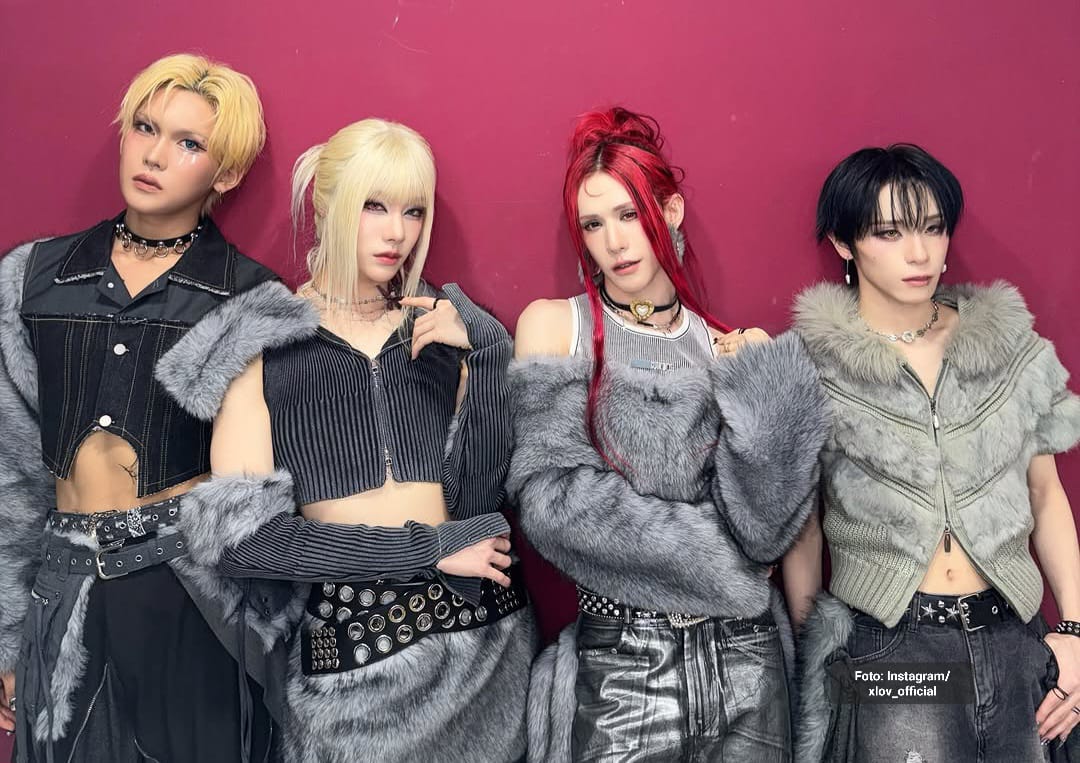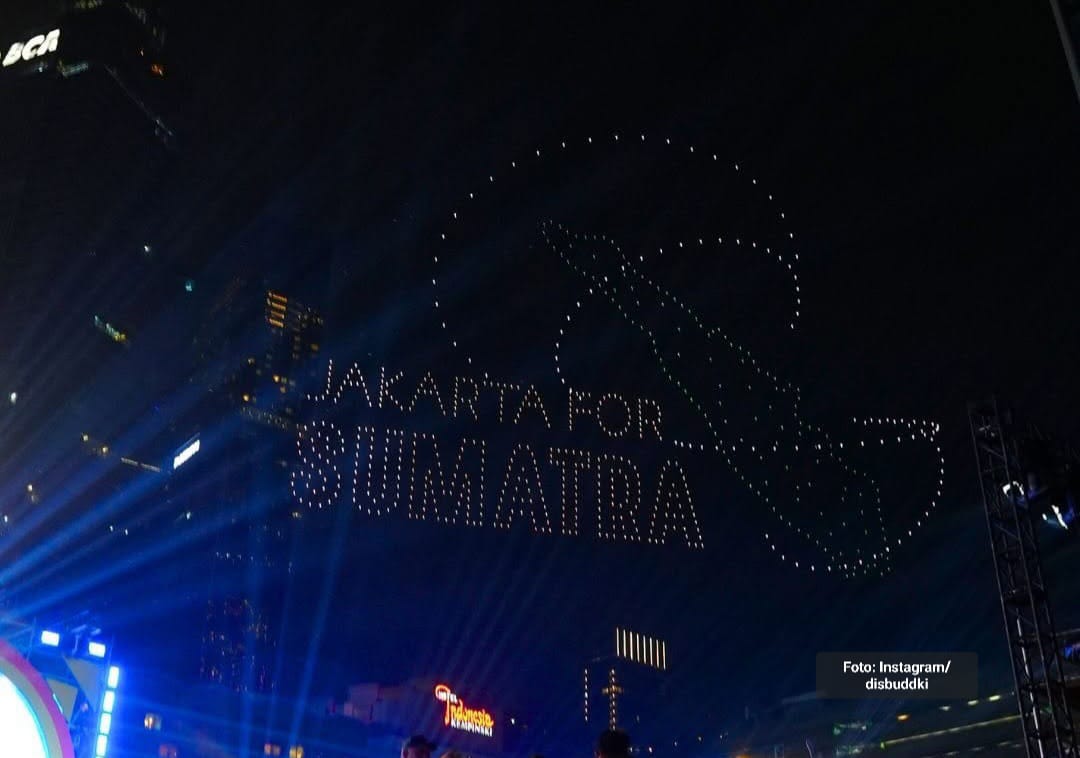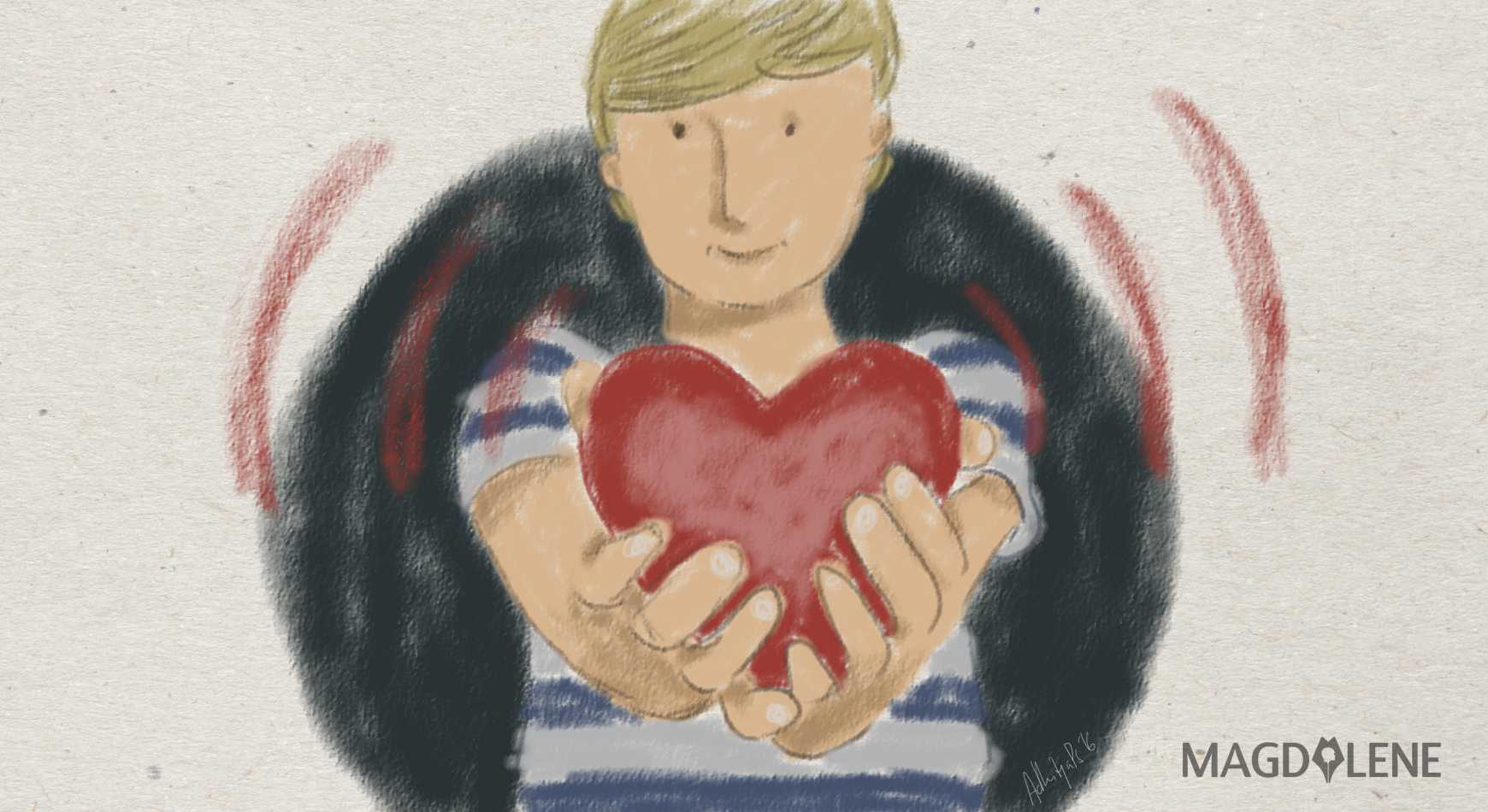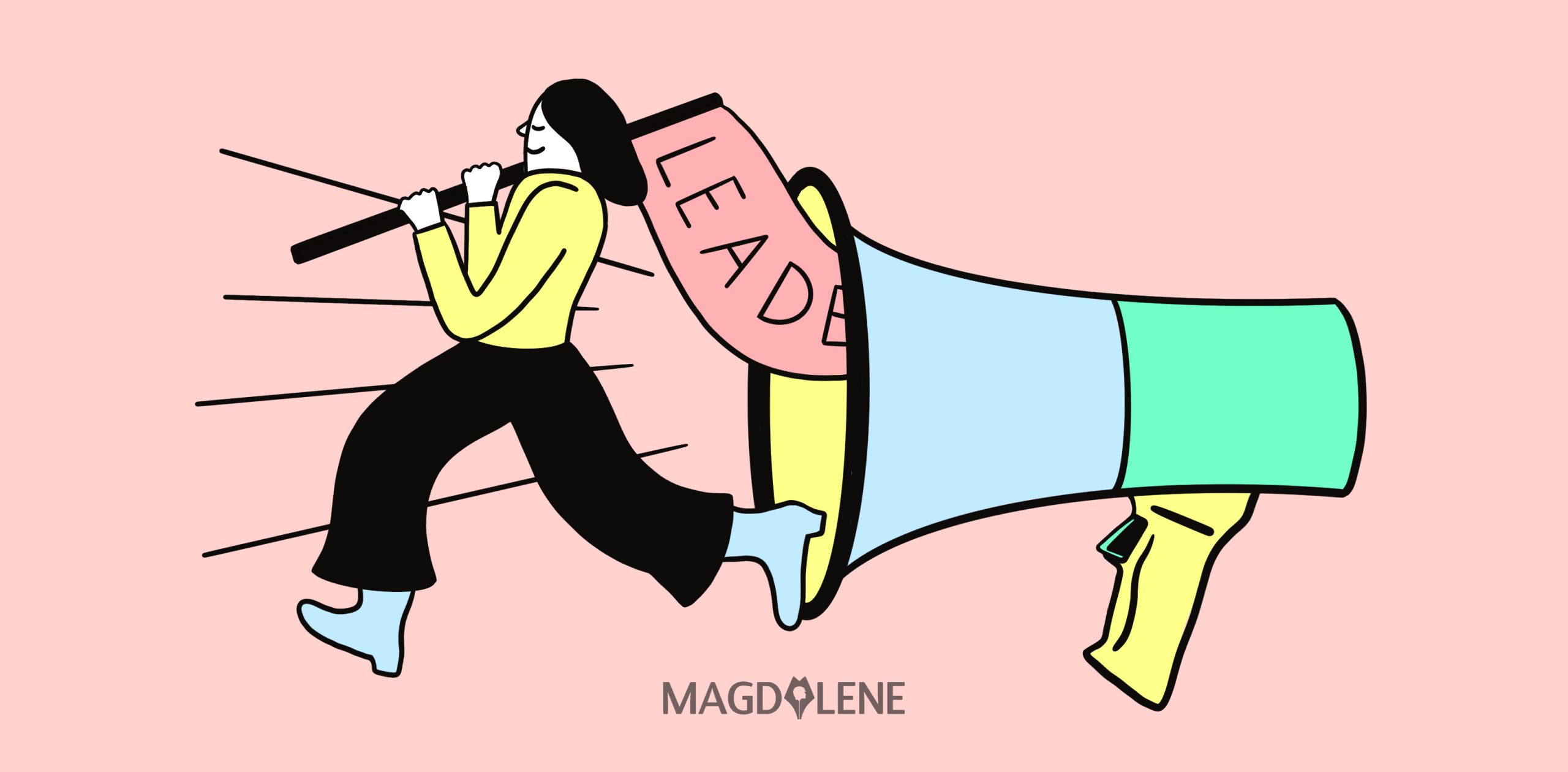Misconceptions around the #BodyPositivity Movement
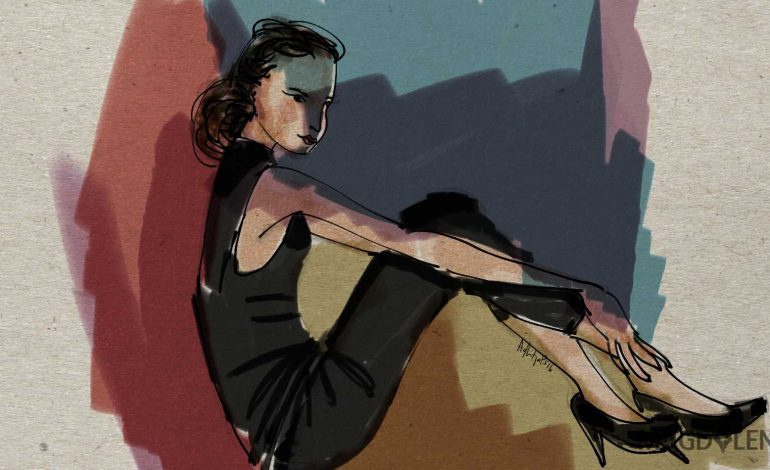
The #BodyPositivity movement is a social campaign that has been around globally for a very long time, albeit under different names.
Its main purpose is to embrace all body types regardless of form, size, and color. It aims to change society’s perception of beauty, so people would stop believing that to be beautiful, they have to look a certain way and that there is only one type of body one should have in order to fit into society’s “standards.” To start believing that there are no standards or requirements in order to be beautiful, because every individual earth has different physical appearance and no one should be able to say which ones are accepted, and which ones need to change.
Beautiful, right? But just like other social campaigns, it can invite misconceptions that can turn such a beautiful campaign toxic.
The movement started out in 1850s during the Victorian Dress Reform Movement. The victorian dresses had tiny waistlines that required women to wear very tight corsets so they could get into their dresses. The women who were a part of the Victorian Dress Reform Movement wanted to end that trend by not wearing their tight corsets anymore. However, they were ridiculed and accused that the movement was an excuse for women who could not shrink their waistlines anymore. This was noted as the very first body positivity movement in history.
In the 20th century, there were attempts to keep the movement alive. The focus shifted, from getting rid of tiny waistlines to accepting plus-sized bodies. This was a response to the representation of women in the media and pop culture in which small and/or skinny women are as seen as the standard of beauty.
Thanks to the internet, the movement is now supported by even more people than ever. More brands have become more inclusive when it comes to clothing sizes, as have the media in showcasing people with different forms, sizes, and shapes. Even Mattel that produces Barbie, the doll responsible for shaping generations of kids’ idea of a woman’s body, has joined the movement by making a line of dolls with more realistic physical proportion than the original Barbie dolls.
Now here is where the misconception kicks in: for a very long time, the movement had focused on accepting larger bodies, disregarding the fact that the movement applies to ALL types of bodies. It isn’t just for the people who are larger in size, but also to the people considered smaller, and for every other size and shape there is, really.
The main purpose of this movement is to accept every form, size and color to make people more confident and more accepting of themselves. But why are there still a lot of people who claims to support the movement, but can’t seem to support every angle there is to it?
Personally, I still hear a lot of people who express support for the movement, but still make comments towards others’ appearance every once in a while. Even worse, some would give advice that are completely unsolicited. An example would be telling someone how great they look, but then saying things about how they could look better if only they lost a few pounds. Since I decided to lose weight so I could be more fit, people have been telling me how skinny I am already, and that me talking about losing weight could be considered an insult to others who are larger than me and areworking towards the same goal.
It confuses me. If the movement is about accepting your own body, then why am I being told that I’m not allowed to work towards that? What makes me uneligible, to be a part of the movement? Up until a few years ago, I was pretty judgemental towards people who many consider small but who are trying to lose weight. But then I start thinking about it, and thought why should what others decide to do with their bodies, affect me? What makes it okay for me to judge them, when they’re only doing what feels right for them? After all, everyone deserves to be confident and accepting of themselves, and that’s what really matters.
So before ending this article, I would like to remind us all about who the body positivity movement is for. It is for those who are trying to lose weight, and those who are trying to gain weight. It’s for those who wear braces, and those who loves the gap between their front teeth. It’s for those who opted for wearing contact lenses, and those wearing glasses. It’s for those who have cosmetic surgery done to shape their body in a specific way that they want. It’s for those who have multiple piercings.
It is for those who accept every part of their body, and those who are still trying to do everything in their power to accept themselves.

